Large, double-digit price increases are going to be hitting German grocery shoppers as soon as today (Monday) as Aldi and other grocers in Germany pass along prices that are 20 to 50 percent higher. According to this article, the stores are blaming the Russian war in Ukraine for disrupting the supply chain. They are also limiting the purchase of some staple items, like cooking oil and flour, to prevent hoarding. (This is why you need to stock up before an emergency.)
This announcement raises three questions:
- Germany is just one of 19 countries using the Euro. Will other countries in the European Union see similar inflation? How will the populace react and what will the governments do?
- The UK is no longer part of the EU and uses far less Russian gas than Germany, but will they experience a similar increase? While more than half food sold in the UK is produced domestically, 29 percent is imported from European suppliers.
- Will food price increases of this magnitude hit the U.S., and if so, when?
To answer the third question: Some foods in the U.S. have already seen price increases in excess of 50 percent. The Wall Street Journal just reported that the price of eggs has increased 52 percent since February. I’ve reported previously on the massive increase in the price on canned chicken at Sam’s Club and Costco, where it jumped as much as 84 percent in a year.
Return of the Dustbowl?
War is not the only problem facing food suppliers. Bad weather, especially drought, is harming harvests and may delay planting some crops. Drought is causing rivers and reservoirs across the Western half of the country to dry up, causing a debate between whether the water should go to cities or to farmland. That’s like asking people if they would rather die of starvation in the future or thirst right now; there is no good answer.
While we have not yet seen dust storms blowing dirt across the Southern Plains states like we did in the dust bowl of the 1930s, it remains a possibility as water resources become scarcer, wells must be dug deeper, and the underground aquifers are drying up as the water table drops each year.
A Diesel Desert
Farmers also face significantly higher prices for diesel fuel, assuming they can get their hands on it. Not only is the fuel that keeps tractors, combines and most of the world’s farming equipment seeing rapid price increases, it is in short supply, as are the Diesel Exhaust fluids (DEF fluids).
DEF fluids contain urea, is one of the many ingredients that is affected by the supply chain disruptions. Urea is also a common ingredient of fertilizer, and fertilizers are also in short supply. The rising cost of natural gas contributed to the fertilizer shortage, which has been exacerbated by the sanctions because Russia is a leading exporter of fertilizer. There are already reports of farmers planting soy instead of corn to reduce their fertilizer costs, which could lead to higher costs for ethanol (used in gasoline), corn syrup, and animal feeds. Herbicides and pesticides are also seeing steep price increases, with some products jump from three to eight times their normal price.
This combination of higher fuel, fertilizer, and other agricultural imports is going to raise prices at the farm level. Then there’s the cost of drying grain, which uses propane, and transporting food to the processor and then on to distributors, warehouses and stores. Higher food prices are just beginning as the impact of most of these higher input costs have not yet made their way to the consumer.
It’s Getting Worse
The world was in a mess before the Russian invasion of Ukraine. Inflation was already up because of stimulus and money printing. The supply chain was already falling apart because of COVID shutdowns. Energy costs were already rising as the Biden administration attacked fossil fuel production and its nominees threatened to stop financial institutions from investing in oil production. In “Ringing in 2022 with Some Depressing Predictions,” I predicted 2022 was going to be worse than 2021. It seems I was too mild. It’s going to be far worse.
The Dustbowl lasted most of the 1930s, as did the Great Depression. They were followed by World War II, which lasted six years. We find ourselves in a situation where we might simultaneously have the modern equivalent of all three. I’m pretty well prepared, but that doesn’t mean I’m not looking forward to that kind of trifecta.
Batten down the hatches and take steps to protect yourself; it’s going to get ugly out there.

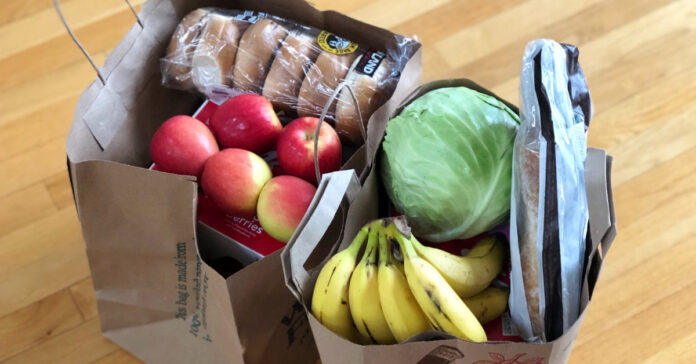

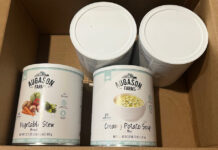

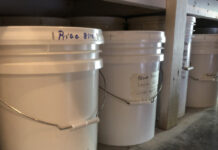
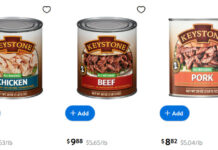
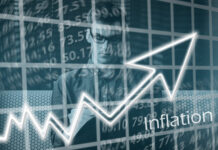

I couldn’t afford these price hikes. When that happens here I’m officially eating off the preps.
I’m priced out of steaks, seafood, and now even ground beef. Wont be long before I’m priced out completely.
Was Germany really getting all their food from Ukraine? If not, how is it affecting the supply chain?
Not all their food, but Ukraine was known as the breadbasket of Europe for a reason. Add the exports from Russia and the fact that nothing can ship through the Black Sea and there is a serious deficit of grains in that part of the world. Also, higher fuel prices are contributing to rising food prices.
Comments are closed.